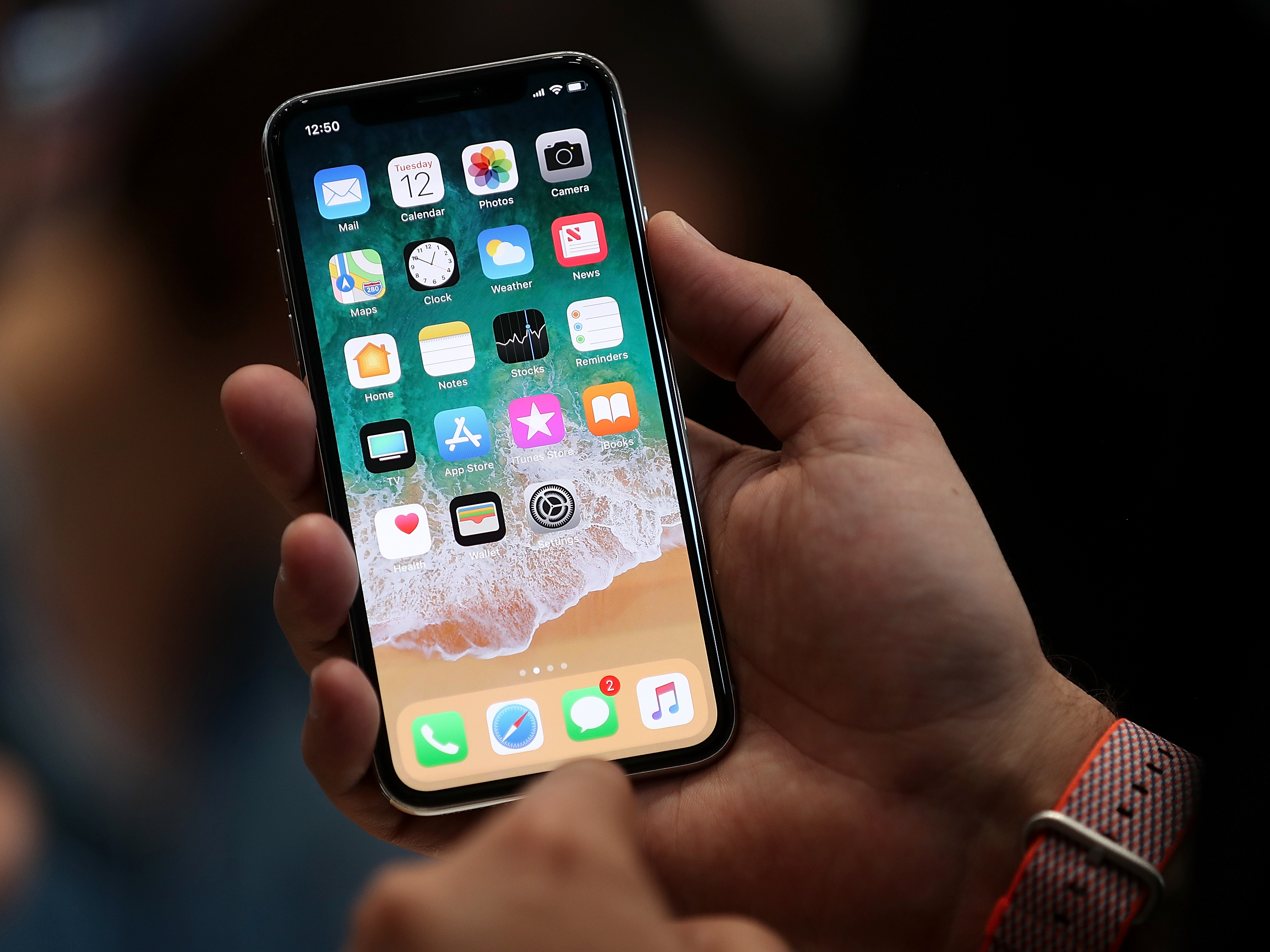The iPhone is arguably the most iconic piece of technology ever invented.
It was first unveiled in California by Apple cofounder and CEO Steve Jobs on June 29, 2007. Today there are hundreds of millions of people with an iPhone around the world but Apple is continuing to reinvent the device.
The Cupertino-headquartered company unveiled three new iPhone devices on Tuesday: iPhone 8, iPhone 8 Plus, and iPhone X.
The abilities and features of the new devices far exceed those of the first iPhone. But if you look closely you may notice that the design isn’t actually all that different.
Here’s how the iPhone has evolved over the years:
iPhone

The first ever iPhone landed with bang. The multitouch keyboard changed the way people used their phones. You can read more about it in this press release from Apple.
iPhone 3G

The iPhone was upgraded in 2008 to include support for 3G networks, allowing people to access the internet from their phone without the need for a Wi-Fi connection.
iPhone 3GS

In 2009, Apple launched the iPhone 3GS, which had a faster processor than the iPhone 3G. The "S" stands for "Speed".
iPhone 4

Apple unveiled the iPhone 4 in 2010. It was more square than the iPhone 3 models and it came with a glass body. It was the first iPhone to support FaceTime calls.
iPhone 4S

In 2011, Apple launched the iPhone 4S. This time the "S" stood for "Siri" instead of "Speed". Siri is a personal voice assistant that lives inside the iPhone and other Apple devices.
iPhone 5

Apple launched the iPhone 5 in 2012. The iPhone 5 came with a smaller Lightning charging port instead of the 30-pin charging port and LTE support for 4G networks.
iPhone 5S

Apple launched the iPhone 5S in 2013. The iPhone 5S was the first iPhone to include Apple's Touch ID technology, which allows people to unlock their phone with their fingerprint. It also had a M7 motion processor so users could track how far they walk in a day.
iPhone 5C

Launched in 2013, the colourful iPhone 5C was a cheaper alternative to the devices already on the market. It came with a plastic body but it lacked the storage offered on other iPhones. Touch ID is also missing from the iPhone 5C.
iPhone 6 and 6 Plus

The iPhone 6 and 6 Plus were launched in 2014, with the latter being Apple's first foray into the oversized phone market. Apple increased the storage capacity to 128GB for these phones and introduced an NFC chip to enable Apple Pay. The phones also came with an improved battery life, despite the larger screens and an 8MP camera. One issue was that the phones were relatively easy to bend.
iPhone 6S and 6S Plus

The iPhone 6S and 6S Plus were unveiled in 2015. New features included a 3D Touch display and the ability to support LTE-Advanced networks. The phones were also strengthened to combat the bending issue.
iPhone SE

The iPhone SE was launched in 2016. It features a smaller 4-inch screen but it boasts many of the features seen in the iPhone 6.
iPhone 7 and 7 Plus

The iPhone 7 and 7 Plus were launched in 2016 as the first waterproof (and dustproof) iPhones. The base model storage increased from 16GB to 32GB and the battery lasted 2 hours longer than that of the iPhone 6. One design change that caused a lot of controversy was the removal of the headphone jack.
iPhone 8 and 8 Plus

The iPhone 8 and the iPhone 8 Plus were announced in September 2017. The base version of each model now comes with 64GB of storage space. The iPhone 8 models have a slightly different design than the iPhone 7 - they have glass on both the front and back - but look similar. The new chip inside the iPhone 8 models is named the A11 Bionic, and Apple says it's the most powerful smartphone chip ever. It's approximately 25% faster than the A10 Fusion chip in the iPhone 7 models.
iPhone X

The iPhone X was also announced in September 2017. It's pronounced "iPhone ten." It features a strikingly different design from its predecessors like the iPhone 7 and uses a new kind of technology called OLED. One of the biggest changes to the new iPhone X is the lack of a home button and it comes with Face ID technology that replaces Touch ID.

